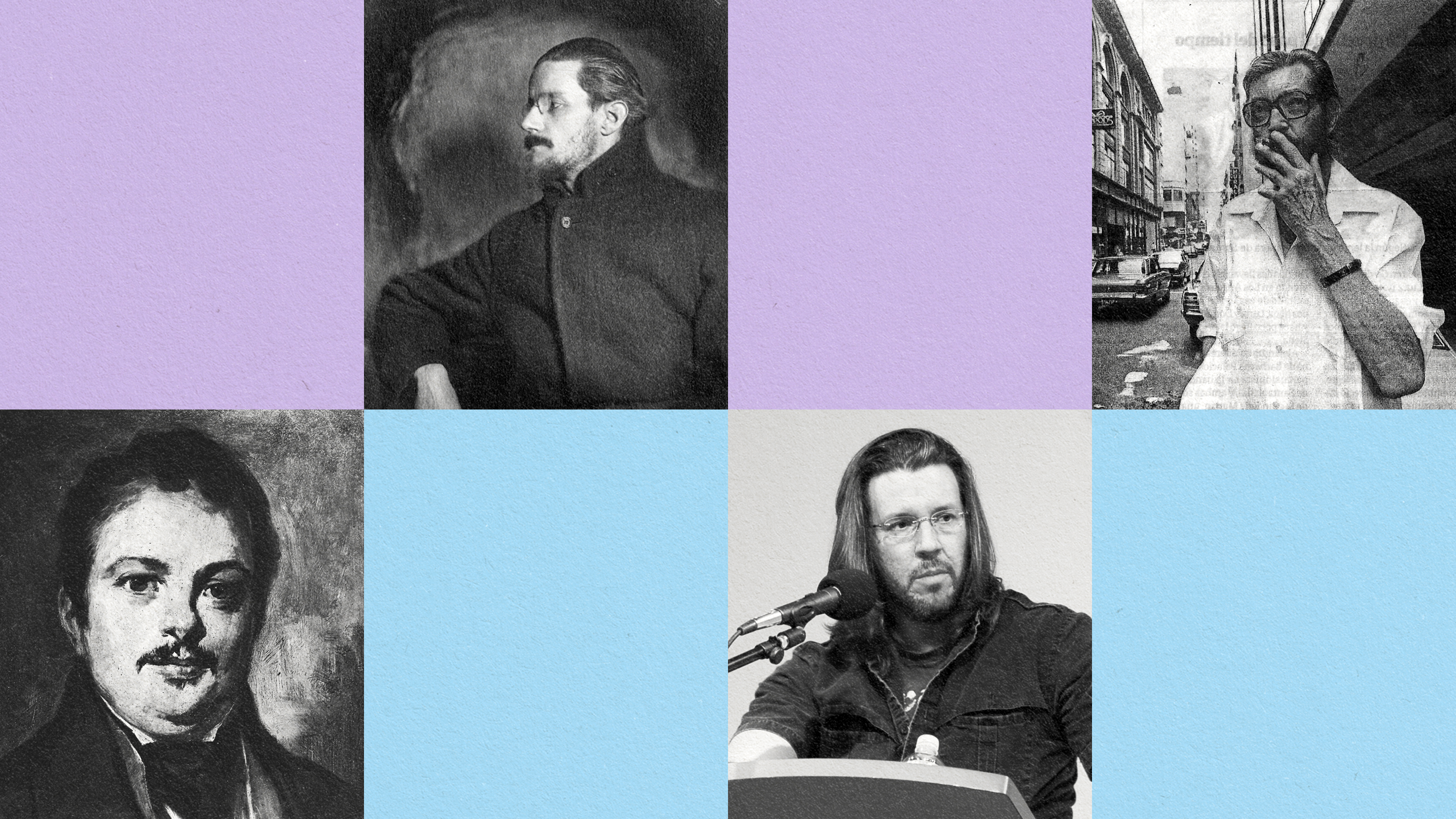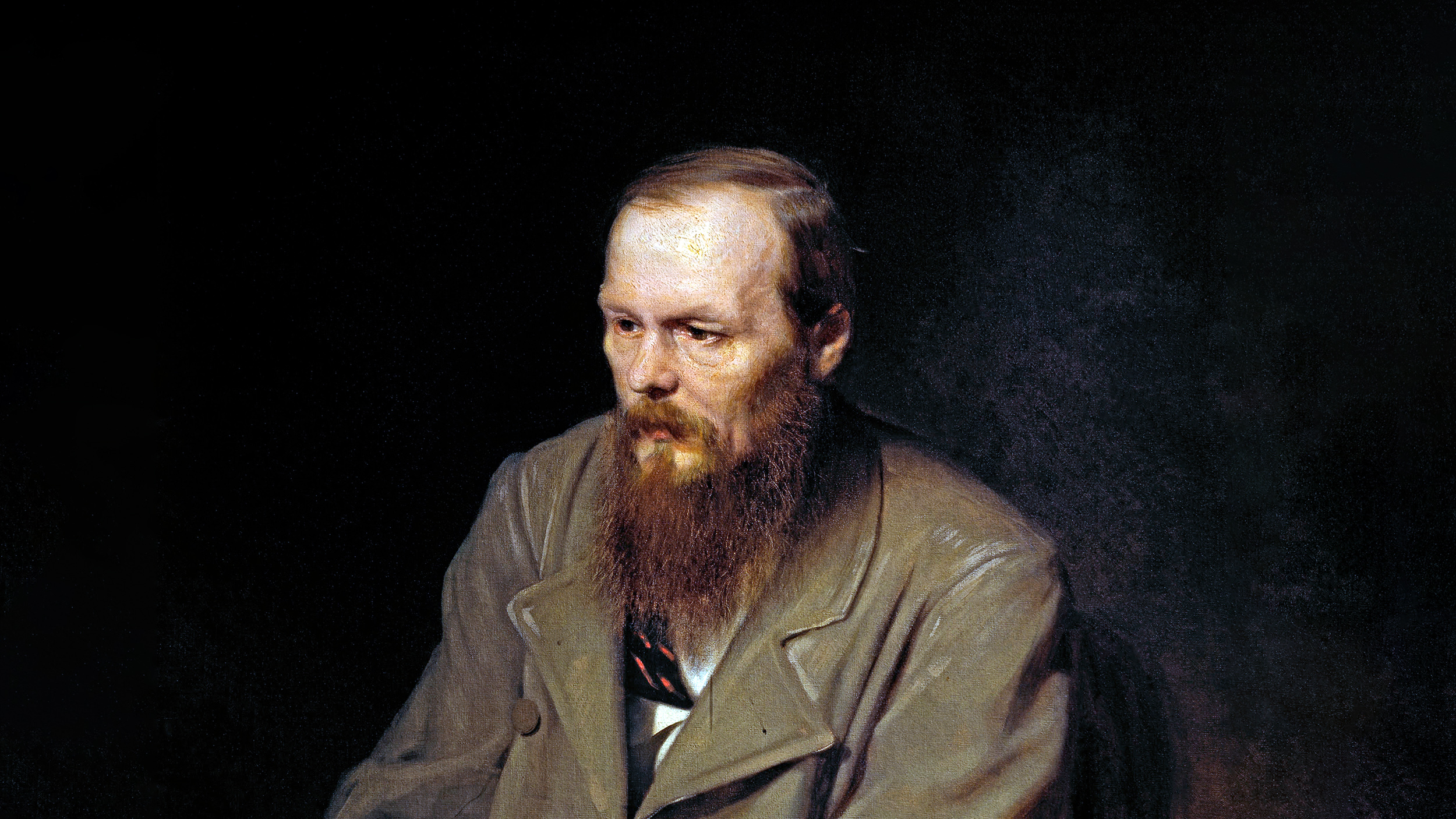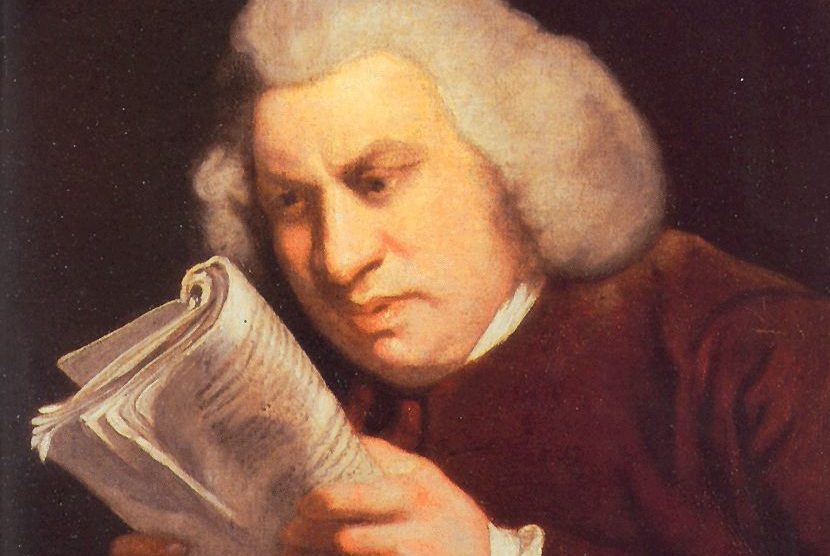6 brilliant authors who only wrote one novel

- From John Kennedy Toole to Edgar Allan Poe, these six authors only contributed a single novel to the world.
- Some of these authors limited their output in favor of other fields, some disliked what they produced, and some died relatively young.
- Despite their limited novelistic outputs, these writers left indelible marks on the literary world.
Some authors are known for their prolific output. Far more romantic, however, is the image of the suffering author who dedicated their time to a single masterpiece. Here, we look at six authors who wrote only a single book in their lifetimes. (For our purposes, a “book” means a full-length novel. Some of these authors are well-known for their other writings, which tend to be shorter.)
Boris Pasternak: Dr. Zhivago
“How wonderful to be alive,” he thought. “But why does it always hurt?“
Boris Pasternak was a Russian poet, author, and translator whose translations of Shakespeare are both highly controversial and still adored by many Russian readers and theatergoers. But his best-known work is his only novel: Dr. Zhivago, the mammoth epic of Russian history.
The novel focuses on the doctor and poet Yuri Zhivago during the first half of the 20th century. It follows the good doctor and many of his friends and associates, whose fates get caught up in the whirlwind of Russia’s tumultuous 20th-century history. Amid the backdrop of the Bolshevik Revolution and civil wars, Zhivago navigates profound dilemmas of love, divided between the spirited Lara and his dutiful wife Tonya. As with most great Russian literature, the story is too long and the plot too complex to fully summarize here.
Portions of the text were written as early as World War One, but the entire 700-page novel was not completed until the 1950s. After all, it was virtually impossible to publish such a story in the Soviet Union because the novel deviated from the Socialist Realism style mandated by the Union of Soviet Writers and was critical of the October Revolution, the Gulag system, and Stalin’s Purges. As such, it was smuggled to Italy and published in 1957.
Pasternak hoped the novel’s publication by an Italian communist publisher would spare him denunciation, but the Soviet government relentlessly hounded him for his actions. The regime successfully pressured him into refusing the 1958 Nobel Prize in Literature. Pasternak’s health seriously declined in the following years, partly due to this treatment. He died three years after the novel’s publication. His final works are collections of poetry.
Oscar Wilde: The Picture of Dorian Gray
“There is only one thing in the world worse than being talked about, and that is not being talked about.”
Oscar Wilde was an Irish poet and playwright working in the second half of the 19th century. He was an extremely popular figure for a short time until a conviction for “gross indecency” (Wilde was gay and homosexual behavior was illegal at the time) sent him to prison and contributed to his early death.
Wilde wrote many essays, plays, and short stories, but only Dorian Gray fits the standards for a novel. Initially written as a novella for Lippincott’s Monthly Magazine, the completed novel results from additions to the original story. After completing it, he turned to writing for theater. His untimely demise prevented a return to the format.
The novel follows Victorian libertine Dorian Gray, who sells his soul in exchange for eternal youth and beauty. Instead of his body decaying physically or morally, a portrait of him grows ever more grotesque and hideous. Freed from the fear of decay, he explores a life of hedonistic debauchery.
The novel arguably serves as a reflection on Wilde’s own life, society’s obsession with youth, and the perils of unchecked hedonism. The novel’s lasting appeal may lie in its uncomfortable mirror to our contemporary selfie-obsessed culture, challenging us to question our own moral compromises.
Anna Sewell: Black Beauty
“My doctrine is this, that if we see cruelty or wrong that we have the power to stop, and do nothing, we make ourselves sharers in the guilt.“
Anna Sewell was an English writer in the mid-19th century. Injured in her teens, she could not stand without support or walk under her own power. Dependent on horse-drawn carts for transportation, she developed a love for and a deep understanding of horses and their care.
As her health declined, she wrote Black Beauty from her bed. She dictated the novel to her mother when she grew too ill to write. Sewell died five months after the publication of her only novel. While this was too soon to see it become one of the best-selling novels in the history of English literature — it has sold more than 50 million copies — she was able to see the initial positive reception and strong sales.
The novel is penned as the memoir of the eponymous horse, guiding readers through the pivotal moments of its life. With each chapter, the story explores the lives of various people with whom the Black Beauty interacts, underscoring the morality of humans from the horse’s perspective. Sewell’s deep understanding of horses infuses the tale with authenticity, capturing the essence of equine experiences and reactions.
Black Beauty stands out not just as an animal story, but as a profound commentary on empathy and moral integrity. Sewell’s intimacy with dependency and fragility, given her physical condition, likely shaped her unique perspective, allowing her to craft a narrative that championed compassion. While written for adults with the intention of improving their morals and understanding of horses, it is now considered a classic of children’s literature.
Sylvia Plath: The Bell Jar
“I took a deep breath and listened to the old brag of my heart: I am, I am, I am.“
Sylvia Plath was an American poet and novelist working in the mid-20th century. Her poems, collected in The Colossus and Ariel, are extremely well regarded and are considered among the best examples of confessional poetry. A troubled woman, she endured both mental illness, the horrors of mid-century mental health care, and probable abuse at the hands of her husband.
She committed suicide a month after the publication of the book. While she began work on a second long-form writing project, it was left incomplete. Her husband’s frequently odd manner of handling her estate also leaves in question exactly how much of that work existed.
The Bell Jar is a semi-autobiographical novel following Esther Greenwood. A highly ambitious and intelligent English major, she is unsatisfied with the life options presented to young women in the 1950s. After a series of disappointments, her mental health begins to decline. Certain aspects of the novel follow Plath’s experience so closely that some reviewers consider it a Roman à clef. The titular jar is stated to be a metaphor for depression, which Plath suffered from.
Edgar Allan Poe: The Narrative of Arthur Gordon Pym of Nantucket
“But there arose in our pathway a shrouded human figure, very far larger in its proportions than any dweller among men. And the hue of the skin of the figure was of the perfect whiteness of the snow.“
Edgar Allan Poe was an American writer and critic in the early 19th century. While most famous for his poems, The Raven is undoubtedly one of the most well-known poems in the world; he also invented the modern detective story, refined the short story, and even managed to presage the Big Bang theory.
The Narrative of Arthur Gordon Pym of Nantucket was written after Poe had failed to achieve financial success writing his short stories. He hoped that the longer work would prove more financially successful. He returned to the short story format after it was met with negative reviews. Poe did begin writing another novel but was fired from the magazine it was being serialized in and refused to finish it. As a result, The Narrative of Arthur Gordon Pym of Nantucket is the only complete example we have of Poe attempting to work in the longer format.
The story — framed as a true one, as was common for Poe — is written in the style of travel adventure stories, which were popular at the time. It follows the titular young man as he stows away on a whaling ship and travels toward the southern hemisphere. Along the way, he deals with mutineers, cannibals, and proto-Lovecraftian horrors. The narrative ends abruptly: an element that continues to inspire debate on the story’s meaning. Some critics suggest it is a send-up of the genre and its tropes. Others suggest the novel and its plot holes are a rare miss for Poe.
While it has influenced other authors, from Herman Melville to Lovecraft to Yann Martel, Poe grew unsatisfied with it.
John Kennedy Toole: A Confederacy of Dunces
“You can always tell employees of the government by the total vacancy which occupies the space where most other people have faces.“
John Kennedy Toole was an American writer and professor of English in the mid-20th century. Although highly regarded for his talent and his knack for writing comedy and capturing New Orleans vernacular, he was consistently unable to publish anything during his lifetime.
Toole published work, including a novella he wrote as a teenager, which was also been published after his death. But Confederacy was his only full-length novel. Now highly regarded, the book was initially rejected. He took this harshly, and his mental health began to decline. He died by suicide in 1969. He left behind an unfinished novel, tentatively named The Conqueror Worm. A Confederacy of Dunces saw the light of day because his mother, determined to prove it was worth publishing, dedicated the remainder of her life to getting it in print. The novel won the Pulitzer Prize in Literature in 1981.
The novel, considered hilariously funny in some circles, follows the intelligent but lazy and misanthropic Ignatius J. Reilly as he looks for a job. Along the way, he meets a number of interesting people in New Orleans. It is considered one of the most vibrant depictions of the city in literature.





